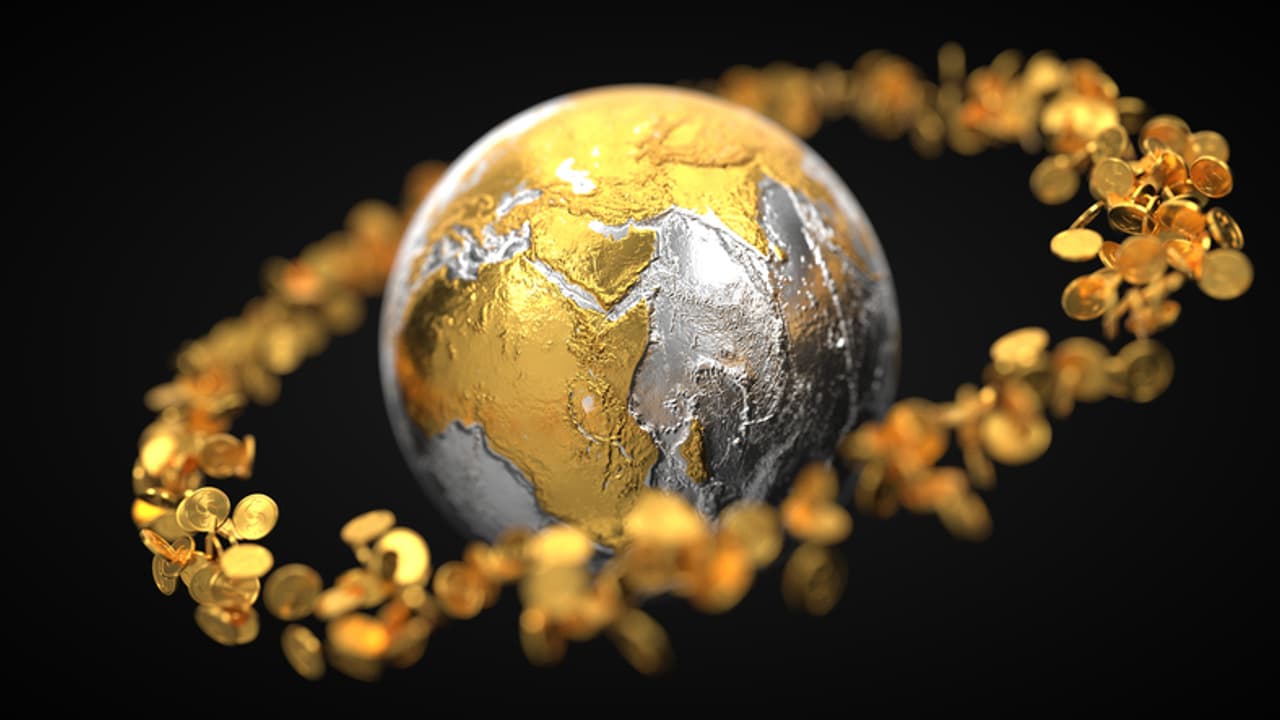A new study shows that gold and other precious metals are leaking from Earth's core to the surface through volcanic activity. This discovery helps scientists better understand Earth’s internal processes and the origin of valuable elements.
A new scientific study has found that precious metals, including gold, are slowly rising from Earth’s deep core to the surface through the mantle. This surprising discovery came after geochemists analyzed volcanic rocks from Hawaii and found chemical fingerprints of elements that likely originated in the planet's core.

"When the first results came in, we realized that we had literally struck gold!" said Nils Messling, a geochemist at Göttingen University in Germany and one of the lead researchers on the study.
The team focused on isotopes, versions of elements with different numbers of neutrons, to find out where certain materials came from. They looked specifically at ruthenium, a rare and heavy metal that mostly sank into Earth's core during the planet’s formation over 4.5 billion years ago.
Using advanced analysis techniques, the researchers studied volcanic rocks that came from deep beneath Hawaii. These rocks contained higher levels of ruthenium-100, an isotope that is known to exist in Earth’s core, than normally found in the mantle. This proved that the material in the rocks originated from the core.
This discovery suggests that not just ruthenium, but other precious metals like palladium, rhodium, platinum, and gold, known as siderophile elements, are slowly leaking out of the core.
It is important to understand how gold got to the crust in the first place. During the planet’s early days, heavier elements like iron and gold sank into the core in an event called the “iron catastrophe.” Later, meteors added more gold and other heavy metals to Earth’s outer layers.
Until now, scientists weren’t sure how much gold in the crust came from space and how much came from Earth’s core. But this new study offers strong proof that some of it does, in fact, come from within the planet.
The movement of gold and other elements isn’t fast or easy to track. Scientists say that huge volumes of superheated mantle rock, hundreds of quadrillion tons, rise from the boundary between the core and the mantle and eventually form islands like Hawaii.
"This shows the Earth's core is not as cut off from the rest of the planet as we thought," said co-author Matthias Willbold, also of Göttingen University.
The research, published in the journal Nature, opens up new possibilities for understanding how Earth evolved and how materials move deep within it. It also suggests that other rocky planets may have similar processes.
But before anyone thinks about mining the core for gold, it’s not practical. The core lies nearly 2,900 kilometers (1,800 miles) beneath the surface, and the amount of gold that leaks upward is extremely small.
Still, the study changes what we know about Earth’s deep interior and the hidden journey of gold beneath our feet.


